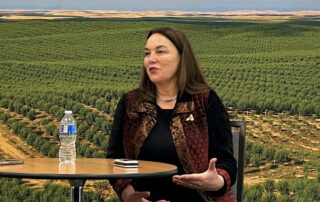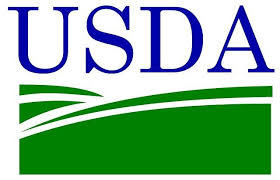Almond Board of California announces 2024 election results
Courtesy of Almond Board of California
Almond Board of California Announces 2024 Election Results
New board will start its term Aug. 1.
MODESTO, Calif. — The Almond Board of California announced the Board of Directors election results on June 11 and the names of the following nominees have been submitted to the U.S. Secretary of Agriculture for selection to terms of office beginning Aug. 1, 2024:
Grower Position #1, Member: Grower Position #1, Alternate:
1-year term
Paul Ewing, Los Banos Katie Staack, Hughson
Grower Position #3, Member: Grower Position #3, Alternate:
3-year term
Joe Gardiner, Earlimart Garrett Bloemhof, Shafter
Handler Position #2, Member: Handler Position #2, Alternate:
3-year term
Bob Silveira, Williams Justin Morehead, Coalinga
Handler Position #3, Member: Handler Position #3, Alternate:
1-year term
Darren Rigg, Le Grand Chad DeRose, McFarland
Co-op Grower Position #1, Member: Co-op Grower Position #1, Alternate:
3-year term
Christine Gemperle, Ceres Lucas Van Duyn, Ripon
The ABC board is made up of five handler and five grower representatives. It sets policy and recommends budgets in major areas, including marketing, production research, advertising, public relations, nutrition research, statistical reporting, quality control and food safety.




















